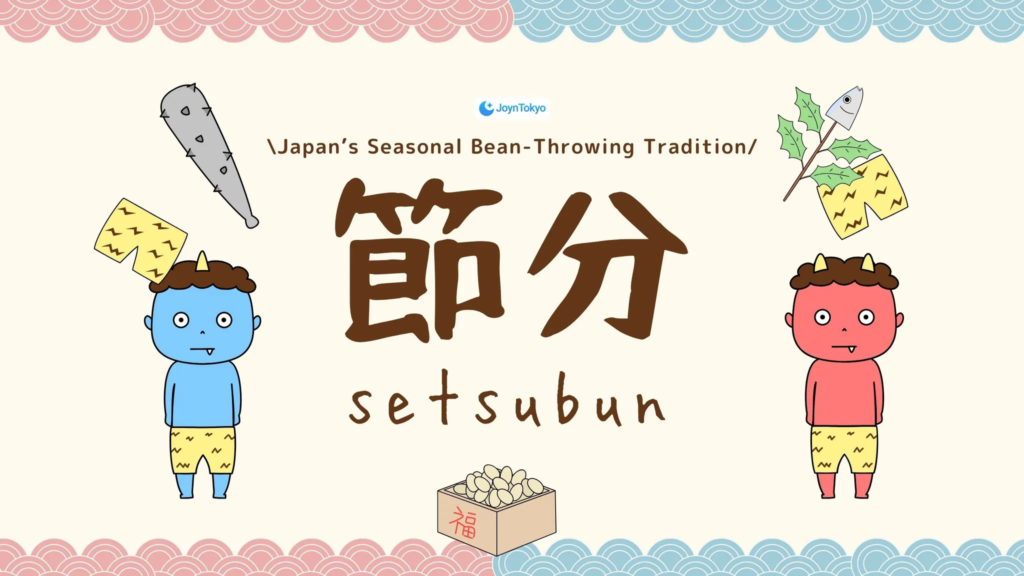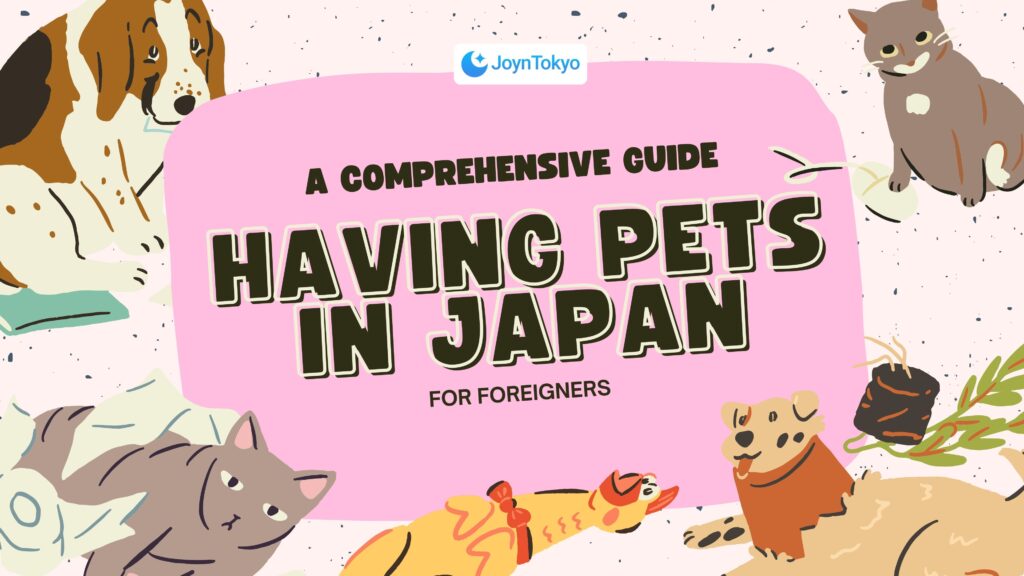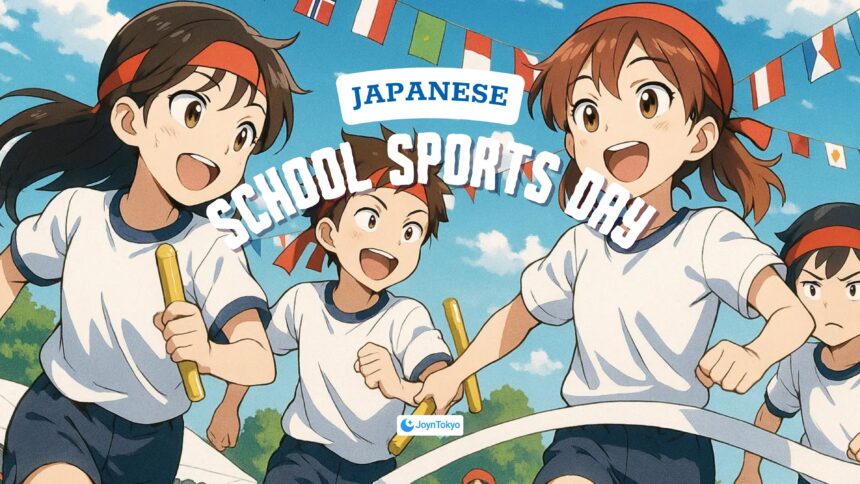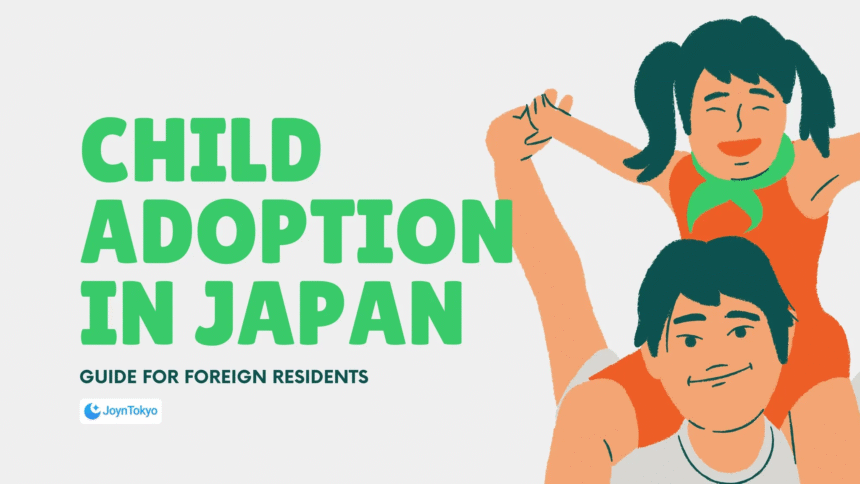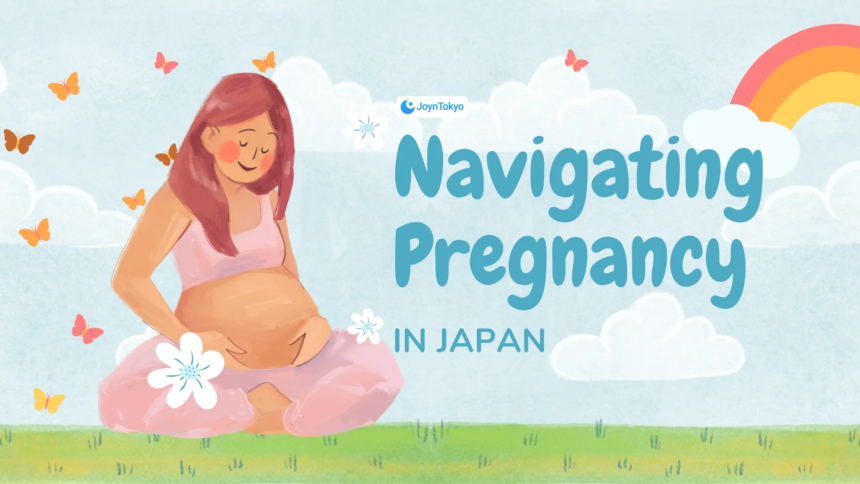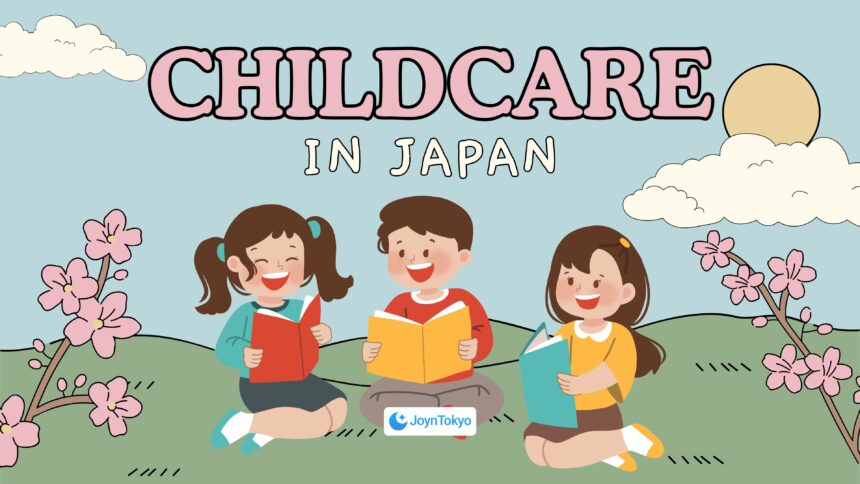Moving to Japan with young children can feel overwhelming, especially when the daycare system seems to come with its own vocabulary. Terms such as hoikuen, yōchien, and kodomoen may sound confusing at first, but each plays a different role in early childhood care and education. Understanding how these facilities work, what they cost, and how to apply helps parents secure the right spot and enjoy family life in Japan with less stress.
Understanding Daycare Options in Japan for Foreign and Local Families
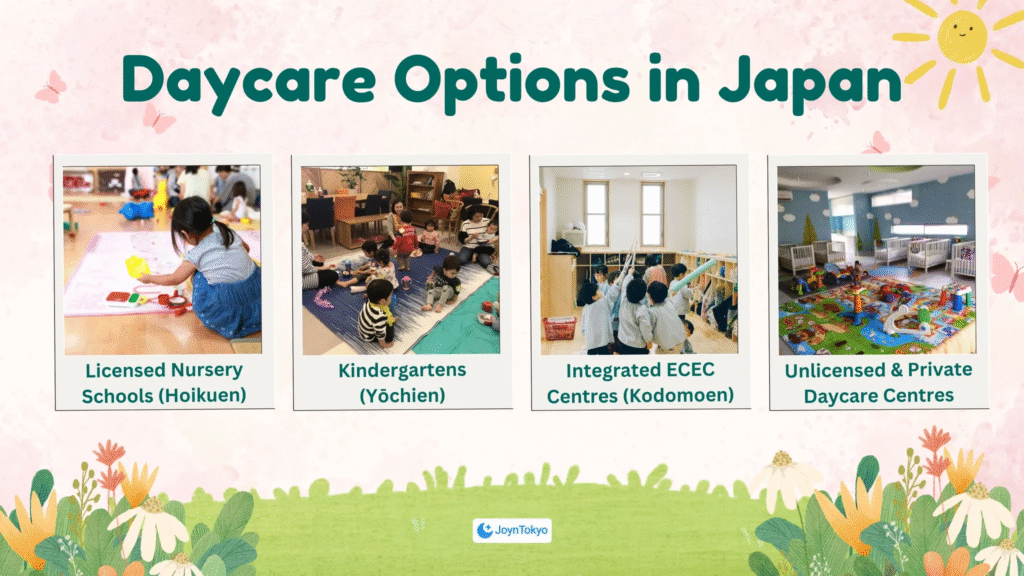
Japan’s childcare options are designed to accommodate different family structures and work schedules. Choosing the right one depends on your child’s age, your household needs, and the level of education or care you want prioritized. Exploring each category ensures parents make informed decisions rather than relying on limited assumptions.
Licensed Nursery Schools, Hoikuen: Reliable Full-Day Childcare
Hoikuen are licensed municipal or private nursery schools that welcome children from six months to pre-primary age. With hours often running from 07:00 to 18:00, they are the cornerstone of childcare for dual-income households. Their fees are calculated on household income, which ensures affordability and accessibility across a wide range of families.
Kindergartens, Yōchien: Early Education with Shorter Hours
Yōchien focus on education for children aged three to five and typically end their day around 14:00. They are structured like schools, emphasizing learning, group activities, and social development over extended daycare hours. These facilities are most suitable for households with flexible work arrangements or a parent who can be home in the afternoon.
Integrated Centres, Kodomoen: A Hybrid of Care and Education
Kodomoen merge the long care hours of hoikuen with the structured academics of yōchien. They represent Japan’s evolving approach to early childhood education, offering both flexibility and learning opportunities. Parents benefit from having a single facility that can adapt to their child’s needs from infancy through kindergarten age.
Unlicensed and Private Centres: Flexible but Higher Costs
Known as muji-ninka or ninkagai, these centres operate independently of municipal regulations. They can provide extended hours, bilingual staff, and same-day enrollment that appeals to foreign families or parents with unpredictable schedules. However, tuition is based on market rates and can reach ¥80,000 per month in large cities, making them less accessible for some families.
Eligibility and Documentation for Japanese Daycare Applications
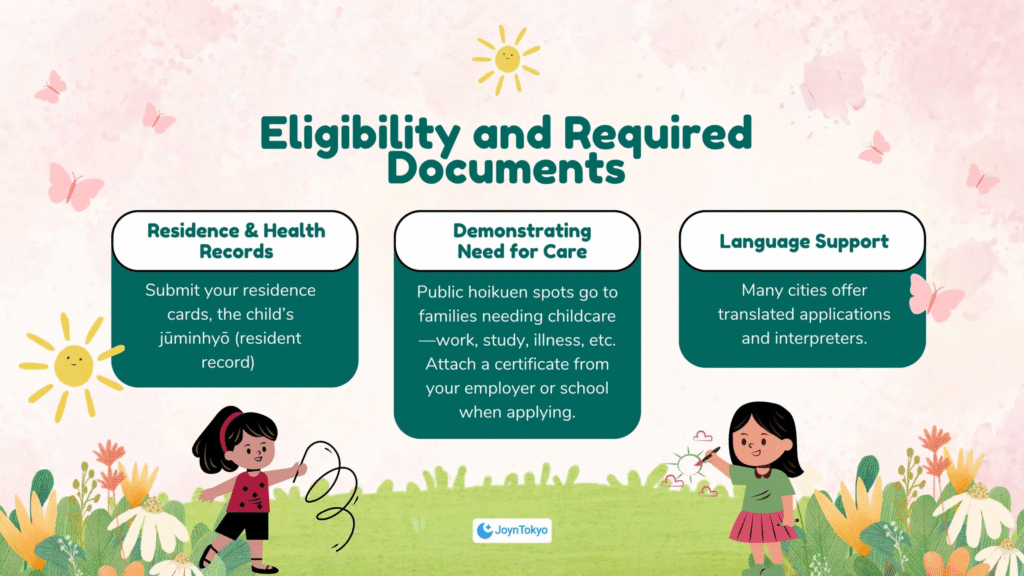
Applying for daycare in Japan involves proving eligibility and submitting proper paperwork. While foreign families are welcome, applications follow strict municipal guidelines. Collecting and preparing documents early helps avoid delays and increases the chance of acceptance.
Residence and Health Records Required by Municipalities
Applications require proof of residence such as the child’s jūminhyō, parents’ residence cards, and the child’s vaccination booklet. Many city halls issue English translations, which simplifies the process for non-native speakers. Having these documents in advance ensures that no critical step is missed.
Demonstrating the Official “Need for Care” Requirement
Municipal daycare centres prioritize families who can prove a genuine need for childcare. Qualifying situations include full-time employment, maternity leave, studies, job-hunting, or illness. Employers or schools provide a shōmeisho certificate, which must accompany your application as official verification.
Language Support Services for Foreign Families
Many municipalities offer translated application kits, interpretation counters, and consultation desks. Larger wards and prefectural organizations publish multilingual guides to ensure that foreign residents are not excluded. These services improve accessibility and demonstrate Japan’s effort to accommodate diverse family backgrounds.
How Much is Daycare in Japan? Costs and Available Government Subsidies
Childcare expenses vary depending on facility type, household income, and age of the child. Japan provides extensive subsidies, particularly for children aged three to five, to ensure financial accessibility. Parents should budget not only for tuition but also for meals, uniforms, and special events.
Public Hoikuen Fees Based on Household Income
Fees at public daycare centres are determined by the household’s previous year income, ensuring fairness across different economic levels. The monthly range runs from around ¥5,000 to ¥70,000, with most families paying between ¥10,000 and ¥20,000. This structure keeps quality childcare within reach for the majority of households.
Free Preschool Education for Ages Three to Five
Since October 2019, tuition for children aged three to five at licensed facilities has been completely subsidized by the government. Families still cover smaller costs, such as school lunches and field trips, but the burden of tuition disappears. For children under three, households exempt from resident tax also qualify for full fee waivers.
Tuition and Extra Fees at Private and International Centres
Private and international nurseries set their own fees, which typically range between ¥40,000 and ¥80,000 per month. Parents should also budget for additional costs such as uniforms, futon rental, entrance fees, and annual excursions. These facilities remain popular with expatriates due to their bilingual programs and internationally recognized teaching approaches.
Application Timeline and Strategy for Success

Applying for daycare in Japan requires forward planning and knowledge of how municipal systems prioritize candidates. Because available seats are limited, timing and preparation make the difference between success and rejection. Parents who understand the process in detail are far more likely to secure a spot.
April Intake and the Importance of Deadlines
Most public centres admit new children in April, aligning with the Japanese school year. Applications are accepted between November and December of the prior year, but families must monitor deadlines carefully. Monthly reassignment of vacant seats may occur, but competition for April intake is consistently high.
How Japan’s Point System Determines Placement
Municipalities use a standardized point system to rank families according to need. Dual-income households receive higher scores, while those with live-in grandparents may lose points due to available in-house support. Single parents usually score the maximum, which significantly improves their chances of securing a placement.
Tips to Improve Your Child’s Acceptance Chances
Applying to several facilities, including smaller ones outside your immediate area, is recommended. Parents with newborns should consider applying early, as infant classes often have more availability than toddler or preschool groups. Staying flexible and casting a wide net increases your family’s odds of success.
Daily Life in Japanese Daycare Centres
Once a child is accepted, parents will find that daily routines in Japanese daycare are structured, detailed, and culturally rich. These practices provide stability for children and maintain close communication between parents and caregivers. Understanding what to expect helps families transition smoothly.
Typical Day Schedules and Seasonal Events
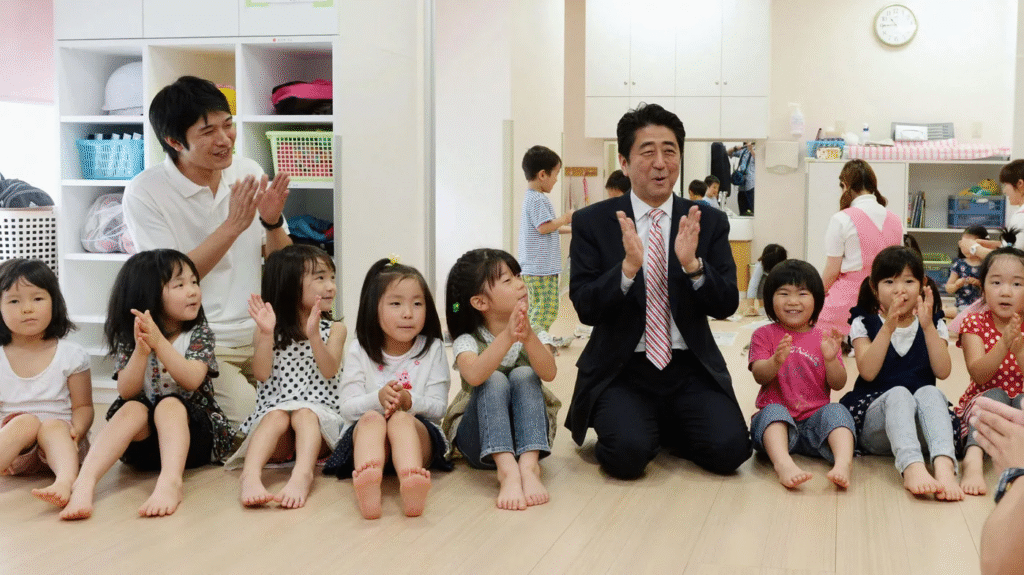
Children participate in morning exercises, enjoy freshly prepared lunches, nap after midday, and spend significant time outdoors regardless of weather. Seasonal highlights include undōkai (sports day) and setsubun (bean-throwing festival), both of which introduce cultural traditions to children at a young age. These activities reinforce teamwork and community spirit.
Read More
Parent–Teacher Communication and Daily Tracking
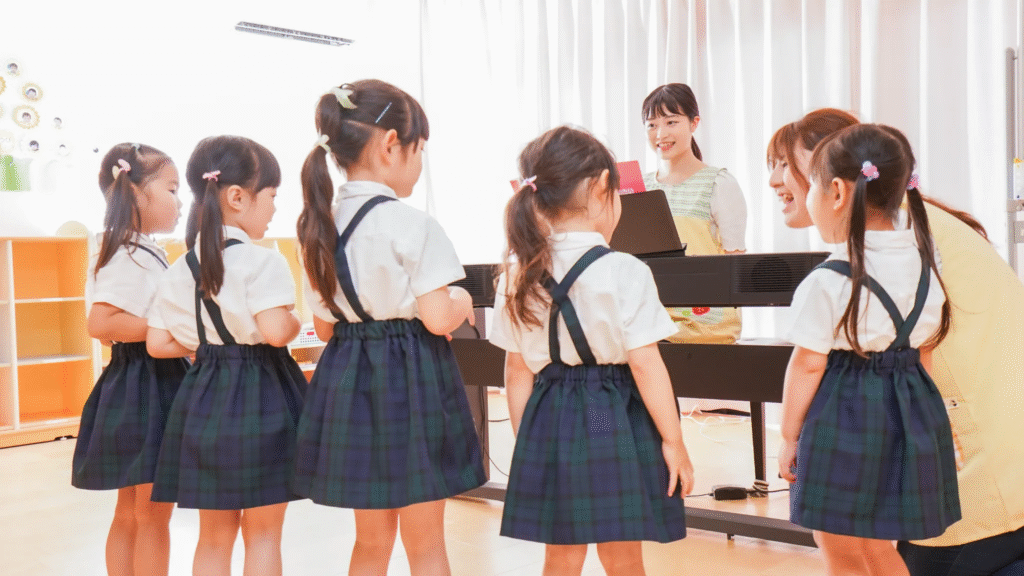
Most centres use either paper notebooks or smartphone apps to update parents about meals, naps, and health checks. This high level of communication provides reassurance and allows parents to stay actively involved in their child’s daily routine. During flu season, additional health slips are required, underscoring the emphasis on safety.
Preparing the Essential Daycare Bag for Your Child
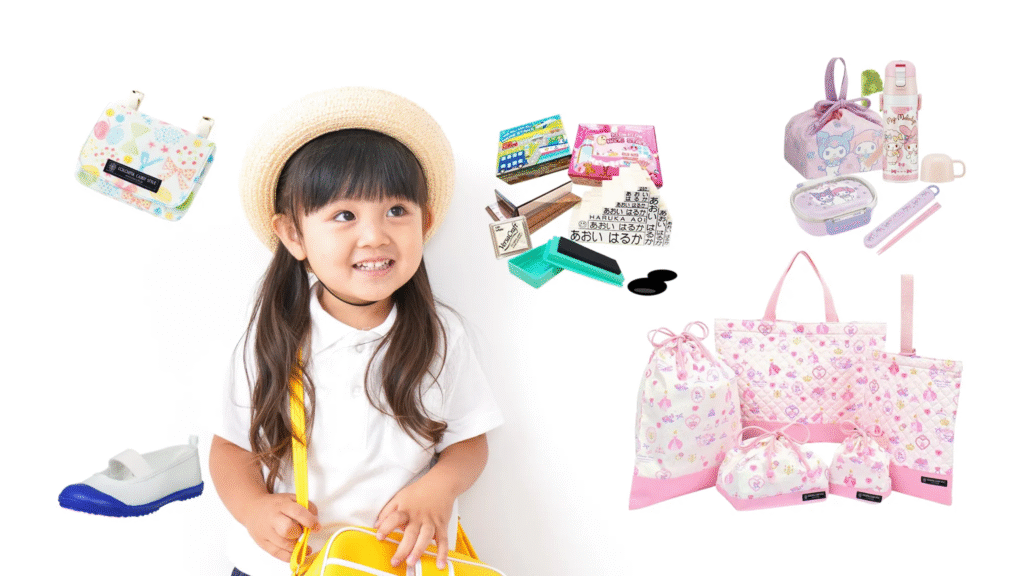
Each child is expected to bring a bag with labeled essentials such as diapers, towels, spare clothes, water bottles, and a laundry pouch. Public centres often ask families to take bedding home on weekends for washing, which maintains hygiene. Labeling and preparation become a daily habit that ensures smooth drop-offs and pick-ups.
Alternative Childcare Options in Japan for Working Families
When municipal daycare is unavailable or unsuitable, families can explore alternative childcare solutions. These options include international nurseries, company-sponsored centres, and hourly care services. While often more expensive, they provide flexibility for families with unique needs.
International and Bilingual Nurseries in Major Cities
Tokyo, Yokohama, and Osaka host numerous bilingual daycare centres that follow international curricula. These nurseries often maintain lower child-to-staff ratios and English-speaking staff, making them attractive for expatriates. Higher tuition costs reflect their specialized services but provide cultural familiarity and smoother transitions to global education systems.
Company-Run Daycare Centres and Licensed Babysitters
Many large companies now operate kigyō-shudōgata hoiku, or company-sponsored nurseries, that qualify for government subsidies. Licensed babysitter agencies also offer in-home care at hourly rates starting around ¥2,500, giving parents more flexibility. These options are especially valuable for those with unpredictable work schedules.
In addition to company-run nurseries and traditional babysitting services, parents can also turn to platforms that specialize in family-friendly support. Rainbow Kids Care Japan was founded by Mai and Emi, two mothers who personally experienced the challenges of raising children while traveling in Japan. Their platform was created with a clear mission: to provide safe, reliable, English-speaking babysitters who help families enjoy Japan without the usual stresses of childcare. The service is particularly valuable for international families visiting Japan, offering peace of mind while ensuring children are cared for in a warm and professional environment.
Short-Term and Sick-Child Services
Municipal ichiji hoiku programs provide short-term care by the hour, making them ideal for parents attending interviews or errands. Hospital-based byōji hoiku rooms specialize in caring for mildly ill children so parents can continue working. These services are important safety nets when regular daycare is not an option.
Final Roadmap for Parents Planning Childcare in Japan
To navigate the Japanese daycare system successfully, early preparation and flexibility are essential. Families should start researching options during pregnancy, collect the required documents, and apply broadly to maximize chances. By considering both public and private options and factoring in government subsidies, parents can secure safe and affordable childcare in Japan.
Key Takeaways for Parents
- Begin research early, as April intake deadlines close months before the school year begins.
- Assemble residence and employment proof well in advance to strengthen your application.
- Calculate costs with subsidies in mind, as fees decrease sharply when your child turns three.
- Play the point system strategically, documenting work hours and household circumstances carefully.
- Keep backup options such as bilingual nurseries, company centres, and ichiji hoiku in case public placements are full.



